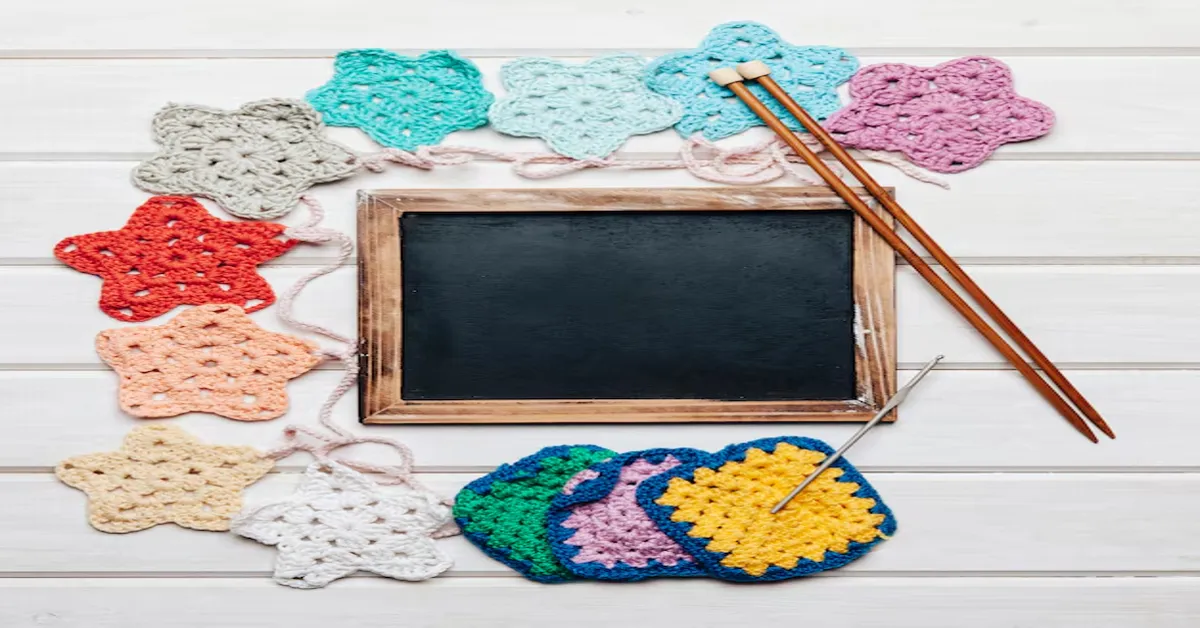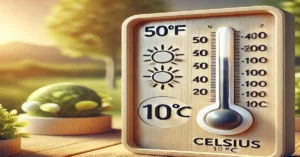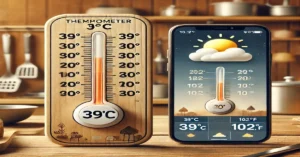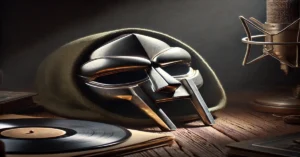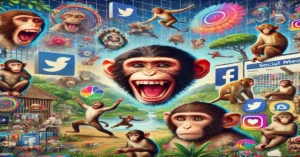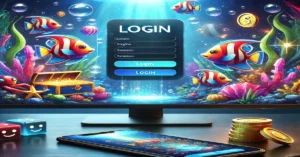Granny squares are more than just a nostalgic nod to the past; they’re a vibrant canvas for creativity! Whether you’re new to crocheting or looking to refine your skills, mastering the granny square technique opens up endless possibilities. Picture cozy blankets, stylish bags, and trendy garments all originating from that simple yet versatile square. With every stitch, you’ll unlock unique designs and variations that reflect your personality.
In this guide, we will journey together from beginner basics right through to advanced techniques. So grab your yarn and hook as we dive into the colorful world of granny squares—where tradition meets innovation!
Basic Granny Square Tutorial
Starting with a basic granny squares is simple and rewarding. Begin by choosing your yarn and hook—medium-weight yarn works well for beginners. Create a slip knot on your hook to kick things off.
Next, chain four stitches and join them into a ring using a slip stitch. This forms the center of your square. From here, work three double crochets into the ring, followed by two chains. Repeat this process until you have four sets of double crochets separated by chain spaces.
To complete your first round, join with a slip stitch to the top of your initial three double crochets. Now you have a lovely foundation! Continue building additional rounds as desired, adding more colors or patterns along the way to personalize it further.
How to Crochet Different Granny Square Designs
Crocheting different granny squares designs adds a unique flair to your projects. Once you master the basic granny square pattern, explore variations like ripple squares or flower motifs. Each design offers fresh inspiration and challenges your skills.
Color plays a crucial role in creating stunning effects. Try using contrasting colors or gradients that blend beautifully together. Don’t shy away from experimenting with yarn weights for added texture and dimension in your creations.
As you venture into new designs, remember that practice makes perfect. Follow patterns from experienced crocheters, but feel free to tweak them according to your style preferences. This is how you’ll develop not only technique but also confidence in your crochet journey!
Advanced Granny Square Variations
As you master the classic granny squares, it’s time to explore advanced variations that can elevate your crocheting skills. These designs not only add complexity but also a unique flair to your projects. Think about incorporating more intricate stitches or changing colors creatively within a single square.
One popular choice is the star-shaped granny squares, which introduces points and layers for visual depth. Another fun option is the flower granny square, where petals bloom beautifully around a central motif. Both styles allow for experimentation with yarn textures and hues.
If you’re feeling adventurous, try combining different motifs into one piece. This technique showcases your creativity while producing stunning results. Each stitch tells a story as you weave together various patterns and colors, making each project truly one-of-a-kind.
Inset Mosaic Crochet
Inset mosaic crochet adds a unique flair to your granny square projects. This technique involves strategically placing stitches to create eye-catching designs that pop against your background color. By using double crochets and changing colors mid-row, you can achieve intricate patterns that resemble stained glass.
The beauty of inset mosaic crochet lies in its versatility. You can adapt any basic granny square pattern to incorporate these stunning motifs. Experiment with different color combinations to see how they transform your squares into masterpieces. The possibilities are endless!
Mastering this technique may take some practice, but the results are worth it. The added dimension and detail will elevate your crocheting skills while impressing friends and family alike. Dive into this artistic approach and watch as your creations come alive!
Spiral Granny Square
The Spiral Granny Square is a delightful twist on the classic granny squares pattern. Instead of the traditional straight edges, this design features a swirling effect that creates an eye-catching spiral. It adds depth and visual interest to any project, making it perfect for blankets or decorative items.
To create a Spiral Granny Square, start with a simple chain and work in rounds without turning your work. This technique allows the stitches to flow seamlessly into each other, forming graceful curves. Choosing vibrant colors enhances the spiral effect even further.
Experimenting with color combinations can yield stunning results. Whether you opt for bold contrasts or subtle gradients, every piece becomes unique. The Spiral Granny Square not only showcases your crochet skills but also invites creativity and personalization into your crafting journey.
Mitered Granny Square
The mitered granny squares is a delightful twist on the classic design. It offers a unique, diagonal pattern that adds depth and visual interest to any project. Instead of working in traditional rounds, you’ll create triangles within squares, giving your piece an intriguing geometric flair.
This technique makes it possible to play with color combinations more creatively. By alternating colors or using gradients, you can achieve stunning effects that elevate your work from ordinary to extraordinary. The flexibility of the mitered design allows for endless customization opportunities.
As you master this style, you’ll find it’s perfect for various projects—blankets, bags, and home decor items all benefit from its striking appeal. Embrace this variation to expand your crochet repertoire and surprise yourself with what you can create!
Modern Crochet Borders and Edgings
Modern crochet borders and edgings can elevate your granny squares projects to new heights. They add a unique touch that enhances the overall design while providing a polished finish. Choosing the right border can transform even simple patterns into stunning works of art.
There are various styles to explore, from delicate picots to bold shell stitches. Each creates its own distinct vibe, allowing you to express your creativity freely. You might prefer a clean, minimalistic edge or something more intricate; the choice is yours.
Experimenting with color is another exciting aspect of modern borders. Use contrasting shades for dramatic effects or harmonious hues for subtle elegance. This versatility ensures that no two pieces need ever look alike—your imagination sets the limit!
Perfecting Your Granny Square Projects
Perfecting your granny square projects requires patience and practice. Focus on your tension to maintain consistent stitches. Evenly spaced squares will create a beautiful final piece. Experiment with different yarns and hooks until you find what feels comfortable for you.
Blocking is another essential step that can elevate your work. By dampening and shaping each square, you’ll achieve crisp edges and uniform sizes, making assembly easier. This attention to detail enhances the overall look of your project.
Don’t shy away from mixing colors or patterns. Combining various designs adds depth and character to your creations. The beauty of granny squares lies in their versatility; let your imagination guide you as you craft unique pieces that reflect your personal style.
Granny Square Projects Inspiration
Granny squares are incredibly versatile and can be transformed into various projects. Consider creating a cozy blanket, where each square reflects your unique color palette. The joy of joining individual squares to craft something larger is truly rewarding.
Scarves and shawls make excellent use of granny squares too. By experimenting with different sizes, you can achieve stunning effects that elevate any outfit during colder months.
For those looking to add flair to their living space, think about crafting pillow covers or wall hangings using granny squares patterns. These items not only showcase your skills but also bring warmth and personality into your home decor. Let your imagination run wild with these ideas!
Crochet Community and Support
The crochet community is a vibrant tapestry of creativity and support. From local meet-ups to online forums, there are countless ways to connect with fellow crafters. Sharing tips, techniques, and encouragement can transform your granny squares pattern journey.
Social media platforms like Instagram and Pinterest offer endless inspiration. You’ll find hashtags dedicated to granny squares where you can showcase your work or discover new patterns. Engaging with others helps build confidence while refining your skills.
Don’t underestimate the power of collaboration! Joining a crochet group or attending workshops allows you to learn from seasoned crocheters. Many experienced artisans are eager to share their knowledge, helping beginners evolve into confident creators in no time. Embrace this supportive network as you perfect your craft!
Tips & Techniques for Granny Square Crocheting
To truly master the art of granny squares crocheting, a few tips and techniques can make all the difference. First, always keep your tension consistent. This ensures that each square looks uniform and professional.
Next, practice changing colors smoothly to avoid any unsightly knots or loose ends. Weaving in those ends neatly will elevate even the simplest granny square pattern. Don’t hesitate to experiment with different yarn weights; this adds unique textures and dimensions to your projects.
Use stitch markers when working on larger squares or intricate designs. They help you track progress without losing your place. Additionally, blocking your finished squares is crucial for achieving crisp edges and perfect shapes.
Don’t shy away from joining online crochet communities where you can share ideas, seek advice, and find inspiration for future projects. There’s a wealth of knowledge out there waiting for you! With these tips in hand, you’re well on your way to becoming a granny square pro.

